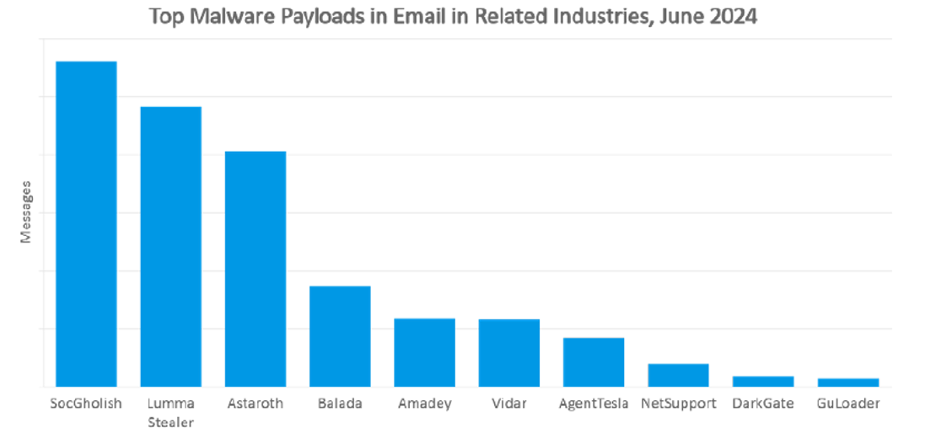A new federal program provides funding for schools and libraries to protect themselves against cyberthreats. In this series, we’ll walk you through some basics to help you apply. You’ll also get tips for creating a security plan as well as helpful examples.
As blues legend B.B. King once said, “The beautiful thing about learning is that no one can take it away from you.” Unfortunately, cybersecurity criminals are trying to do just that—steal from our children.
Many schools and libraries struggle with limited budgets and staff, making it hard to protect their data. This leaves them vulnerable to ransomware and malicious email threats.
In this blog post, we’ll discuss what you should know about the recently announced E-Rate initiative and offer some guidance about submitting your application.
Why are schools and libraries targeted by cybercriminals?
Email is the most common method cybercriminals use to access network and cloud environments. Schools and libraries are no exception. Tactics like phishing, click to fix scams and business email compromise (BEC) attacks exploit weaknesses to steal valuable data.
According to Proofpoint Threat Intelligence Services, most of the malware targeting K-12 schools comes from compromised websites linked in malicious emails.

Indexed volumes of the top malware observed for the K-12 vertical for the month ending June 30, 2024.
What is being done to protect schools and libraries?
The federal government recognizes that schools and libraries face cybersecurity risks. In June 2024, the Federal Communications Commission (FCC) announced a $200 million cybersecurity pilot program under the E-Rate initiative.
This three-year program will help schools and libraries afford cybersecurity tools. In addition, it will allow the FCC to explore how these institutions can utilize Universal Service Funds (USF) to improve cybersecurity defenses against malware and ransomware attacks.
Previously, the E-Rate program focused on expanding broadband infrastructure. Now, however, it aims to help schools and libraries protect students’ personal data.
How can schools and libraries access these funds?
Schools and libraries can apply for funding starting Sept. 17, with a deadline of Nov. 1. To qualify, they must complete FCC Form 484.
Depending on the need, funding will cover between 20% to 90% of costs, with schools responsible for the remaining balance. The amount awarded will depend on the number of students eligible for the National School Lunch Program (NSLP) and the Community Eligibility Provision (CEP).
To improve their chances, schools should:
- Prioritize their cyber risks
- Update their cybersecurity plans
- Assess administrative needs
- Identify suitable solutions
- Ensure matching funds are available
- Have the necessary justifications for their requests
What cybersecurity solutions are eligible for funding?
The FCC has identified four key categories eligible for funding. These include:
- Advanced/next-generation firewalls
- Endpoint protection
- Identity protection and authentication
- Monitoring, detection and response
Many Proofpoint cybersecurity solutions qualify for these categories. This includes, but is not limited to, AI-powered tools to secure email and cloud systems against phishing, ransomware and BEC attacks.
Deadlines are approaching, so get started soon
As B.B. King said, “A day that I don’t learn something new is a wasted day.” With the Cybersecurity Pilot Program and Proofpoint solutions, schools and libraries can now protect their students and staff more effectively from threat actors by protecting people, defending data and mitigating human risk.
Get comprehensive visibility into your vulnerability to attacks. Contact Proofpoint to get a free Email Risk Assessment.

